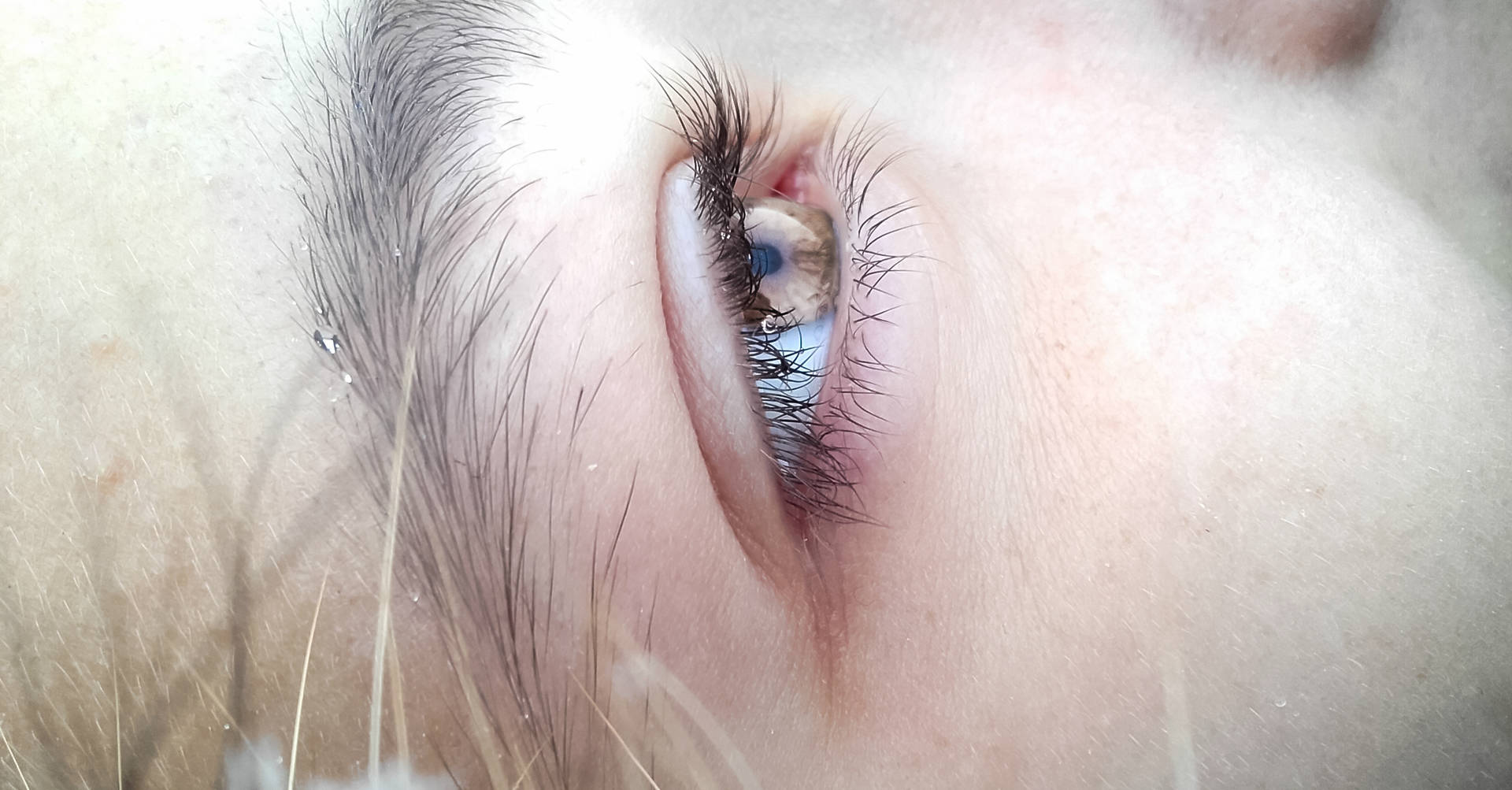Cancer costs amount to more than doctors’ bills and payments to hospitals or treatment facilities. Put yourself in a strong position to combat the disease by understanding the financial aspects related to cancer, if you are ever diagnosed.
No single amountThe type of cancer, prognosis and recommended treatment are unique to each person, so there is no single amount to cover every eventuality, but these are some of the biggest costs that come with a cancer diagnosis:
- Loss of income (e.g. extended sick leave or inability to work).
- Treatment (e.g. surgery, radiotherapy, chemotherapy, scans).
- After treatment (e.g. physical and psychological rehabilitation).
- Relapse or worsening of the condition (e.g. step-down facility, frail care, hospice).
Treatment costsTreatment costs are a major part of the cancer puzzle. Depending on the type of cancer, these could include:
- Minor procedure in a doctor’s consulting rooms to get rid of minor cancers, e.g. some types of skin cancer.
- Specialist treatment with surgery, radiotherapy, chemotherapy, medication and supplements.
- If the cancer becomes advanced or is diagnosed at a late stage, treatment will be more aggressive and that increases costs.
After-treatment costs
- Physical and psychological therapy or other rehabilitation.
- A step-down facility for recovery. Also called a subacute unit or a transitional unit, it is used after hospitalisation if you are not strong enough to return home.
- Home care and the refurbishment of your house or vehicle to accommodate the effects of the illness.
- In the most difficult cases, when treatment is no longer an option, you need to consider a hospice as most of us are not equipped to give professional care at home.
Unforeseen costsCosts not directly related to cancer treatment are often left out of our planning, but they can cause major headaches so don’t forget them.
Medical aid
If your medical aid doesn’t cover the type of cancer you’re diagnosed with, or your medical aid cover is depleted by multiple tests if doctors are not sure what’s wrong, you’ll need to pay for treatment from other sources such as savings.
Income protection
Income protection in the event of extended sick leave, unpaid leave, if you have to resign from your job or you are retrenched due to the illness. Cancer treatment often affects both healthy and cancerous cells, which takes a toll on the body.
Dread disease cover
This protects from critical illnesses, such as cancer, giving financial support for treatment, recovery and lifestyle changes. It includes life-impacting diseases and events such as strokes, heart problems, organ failure and transplants.
Specialised cover for women
Certain insurers, such as 1Life, offer a policy designed specifically for women and their children. It covers cancer, pregnancy complications and systemic lupus, and it offers additional medical, legal and even transport benefits.
Life cover
This pays out in the event of death to help your family financially and cover funeral expenses when you pass away. Some insurers offer life cover that includes a terminal illness benefit that pays out your full life cover while you are still alive, if you’re diagnosed with a terminal illness and life expectancy is less than 12 months.




